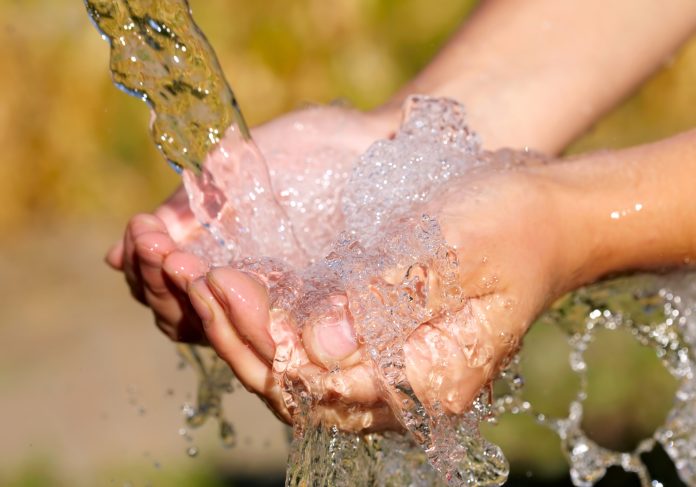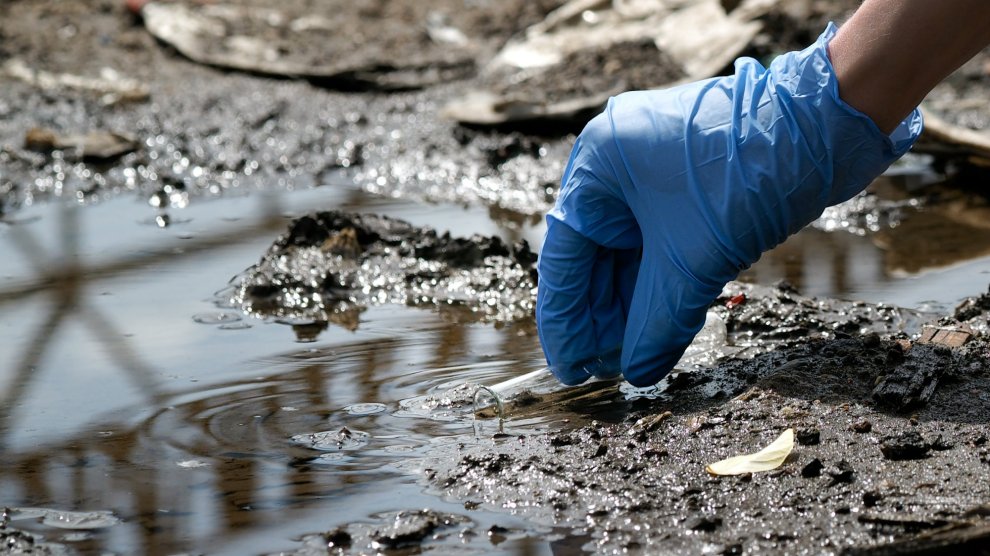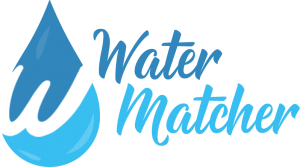
It’s something most of us take for granted every day of our lives. We not only drink it; we bathe with it, wash our cars with it, sprinkle our gardens with it, and even wash our dogs in it. Yet, a staggering 63 million people have been without clean drinking water, not including the third world countries, but in the United States of America alone. Fully one-fifth of the country has at one time or another been exposed to dirty drinking water.
[amazon box=”B00IB14XDU, B00I0ZGOZM, B01FXN3E74, B0009HIQPK, B01L0ADH3K” template=”horizontal”]
Who Needs Clean Water?
What is the big deal? If ill health and chronic diseases aren’t enough, how about death? Depending on the contaminants and the age and health of a person, they can die from exposure to unsafe water – even after a short time. The answer to who needs clean water is everyone.
How Are People Exposed to Dirty Water?
With all of the technology and modern progress we have made as a country, how could this be? Many factors contribute to water that has unsafe levels of contaminants. Inadequate filtration alone can allow a number of things to come out of your tap.
Even if your home tap or well water is pristine and squeaky clean, you can get sick from swallowing pool water, using a dirty drinking fountain, drinking unclean water at work or from a sink faucet in a public restroom.
Drinking or swallowing water from a river or stream, or filling a bottle from a spring with an unknown source can also make you very sick, very quickly. Since most of these contaminants are odor and taste free, you may never know what hit you.
Unfortunately, too many people in the United States do not enjoy safe household water supplies. Huge and crowded cities are major victims, followed by rural or poor areas where water treatment is inadequate or non-existent.
There are so many waste products in the water that it is nearly impossible to remove them all and water must be treated chemically to neutralize many of the contaminants – namely any and all of the living organisms such as E. coli, Giardia, Salmonella, Crytosporidia, parasites from fecal matter, and organics such as blood, bugs, etc.
The most common chemical used to “purify” these contaminates out of drinking water is chlorine which is not without its own health risks. And, unlike other things used to treat household water, chlorine can be smelled and tasted in the water that comes from your tap.

There are many reasons for dirty drinking water. An aging infrastructure can contribute to the problem. Old lead plumbing pipes or joints can leach a good deal of lead into the water system, or those same pipes may develop cracks underground.
Areas heavy in agriculture are often subject to huge amounts of herbicides and insecticides in their ground water as well as possible contamination from animal feces and by-products. Manufacturing, industrial areas and mining concerns may infuse chemicals into the water supply.
Health Effects of Drinking Contaminated Water
A common sign that you may have had some bad water is cramping in the belly and bowels. Frequently, diarrhea, vomiting or nausea may develop after ingestion of contaminated water. Headaches and fatigue brought on by dehydration (yes, water can dehydrate you) and even death can result from bad water.
Here are some common contaminants and the symptoms they can have on human health.
|
Viruses – Aadenovirus, Astrovirus, Hepatitis A, Rotavirus, Norovirus, Caliciviruses, Enteroviruses, Coxsackieviruses and Polio |
|
Microbial Pathogens – Hepatitis A, Salmonella, E. Coli, Coliform, Legionella Pneumophila, Giardia Lamblia, Campylobacter Jejuni |
|
Parasites
|
|
Arsenic
|
|
Lead
|
|
Fluoride
|
|
Radon
|
|
Dioxin
|
|
Radium
|
|
Nitrates
|
|
Pharmaceuticals – Commonly include beta-blockers, anticonvulsants, anti-depressants, diet pills and heavy drugs like Hydrocodone and Oxycodone
|
|
Herbicides
|
|
Pesticides
|
|
Chlorine
|
|
Petrochemicals – Waste products from industrial sites, manufacturing plants, fire training areas, wastewater treatment facilities
|
|
Fecal Matter
|
Many of these symptoms can be easily mistaken for stomach flu, a common cold, or the latest bug. But the problem needs to be taken seriously and treated quickly. Symptoms can run from two to ten days if the source is removed and treatment is undertaken, but if ignored, several of them can bring death in as few as 12-18 hours. Be sure to see a medical professional if symptoms include bloody diarrhea or urine, loss of consciousness, or dehydration.
As you can see from the list of symptoms and suspected elements, some of these contaminates slowly cause problems that can lead to serious health issues or even premature death down the road. With continued exposure, people can build up toxic levels of many of these contaminants in a short time.
Benefits of Clean Water

Water is not health neutral. It is a basic necessity of sustaining life. People who are regularly treated to the pleasure of fresh, clean drinking water enjoy several health benefits. First of all is the taste, in fact, in some small towns in Idaho, the water is so clean, you can actually taste it. The chlorine levels are minimal and undetectable and naturally occurring minerals give the water a sweet, refreshing flavor.
Clean water provides the human body with not only refreshment but also critical hydration. The adult human body is up to 60 percent water. The brain itself is nearly 73 percent water. That is probably why when you get dehydrated one of the first things to go is your critical thinking.
The heart is also 73 percent water, and studies suggest that people who regularly drink a couple of glasses of water at bedtime are much less likely to experience a heart attack or stroke in their sleep. Your skin is your largest organ and requires a good amount of water to stay plump and to flush out toxins and impurities.
In fact, it is recommended that you drink eight 8-oz glasses of water each day for optimum health. Now can you imagine the effect that may have on your body if the water is contaminated?
Drinking two glasses of ice water first thing in the morning will jump-start your metabolism. However, we caution against throwing ice cubes in every drink you have during the day. Your body will use more energy to warm the liquid up to usable temperature than the water can provide, and you will actually not be getting the benefit you are drinking it for in the first place. Cool from the tap is about right for optimum absorption.
How Can You Assure Your Water Is Clean
The EPA can send you a water test kit if you are concerned about your tap or well. If it tests high in certain elements, a decent water filter can remove a good deal of the micro-contaminants right at your tap. You can also find filters that fit your refrigerator’s water dispenser and ice maker.
Running cold water a few minutes before using will help to clear the lead out of water that has been sitting in the pipes. (Heat makes it worse.) Unless you have copper pipes, always fill a pot with cold water and bring to a boil on the stove to reduce levels of lead.
Research bottled water brands to determine whether they contain arsenic or fluoride. Purified water is safe, but may have chlorine and has virtually no minerals left in it so you may see “minerals added to enhance taste” on the label. Natural spring water usually tastes the best and is safer to drink.
Avid outdoorsmen who rely on nature for their water supply should be sure to take a water purification system, tablets or even a filtered straw with them on their adventures. They can also tote clean water along and check upstream to make sure no dead animals are evident.
The onus is on each of us to ensure that we have a safe water supply. Just a moderate amount of research can lead us to the best brands, products or methods to help us all stay safe, healthy and hydrated at home and on the go.
[amazon box=”B00IB14XDU, B00I0ZGOZM, B01FXN3E74, B0009HIQPK, B01L0ADH3K” template=”horizontal”]



